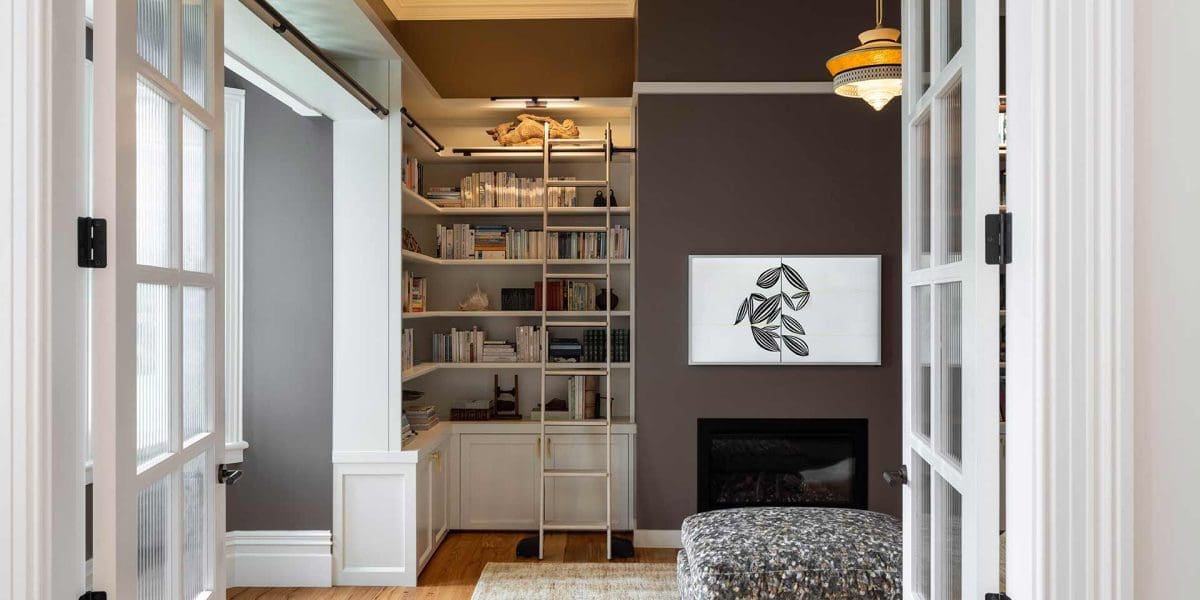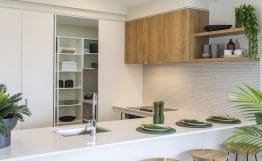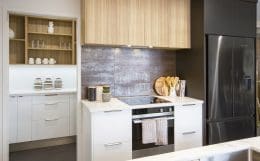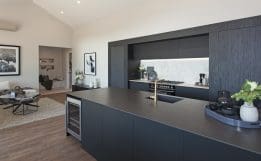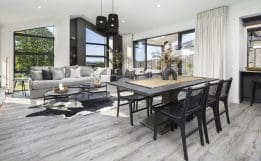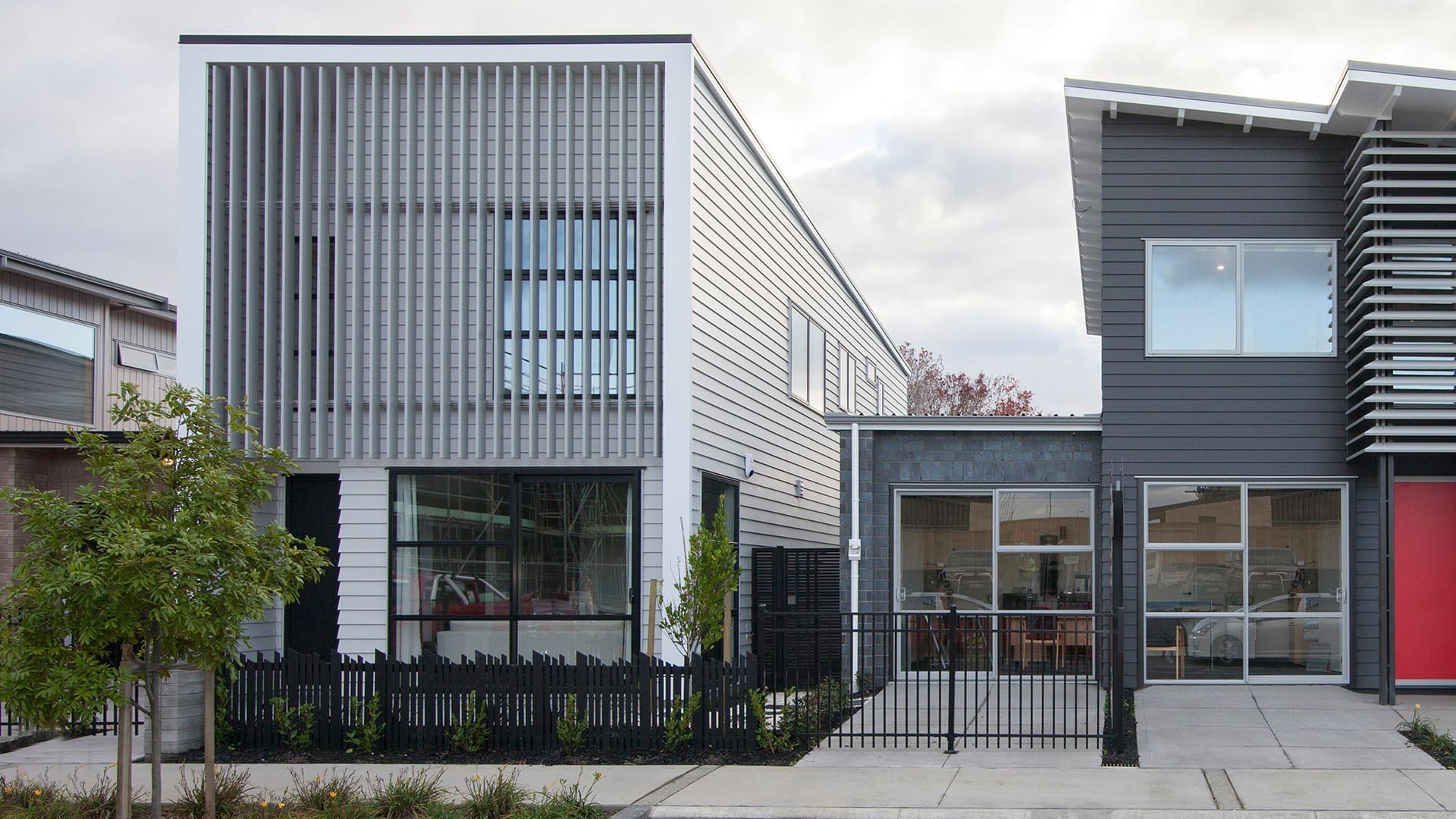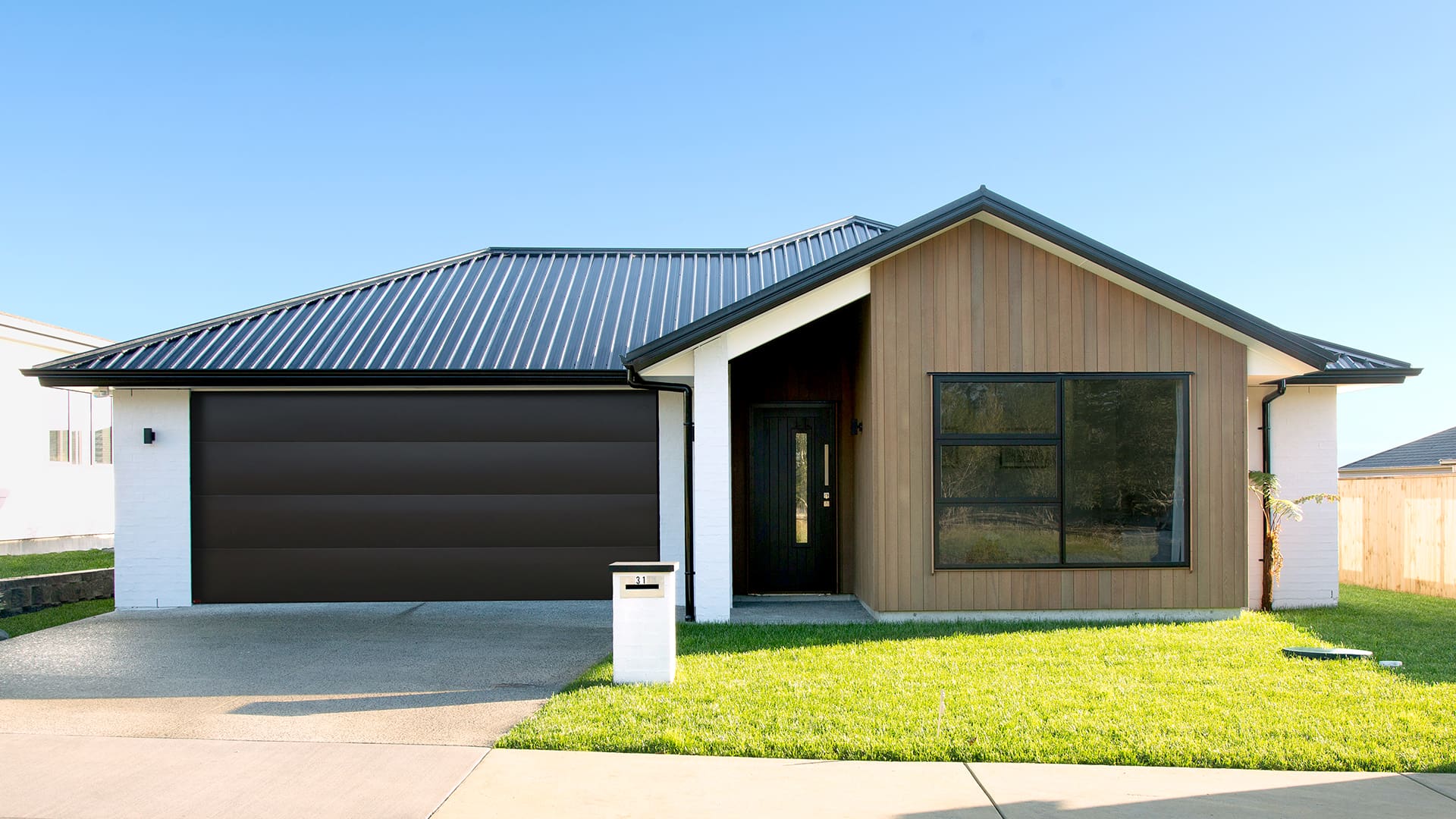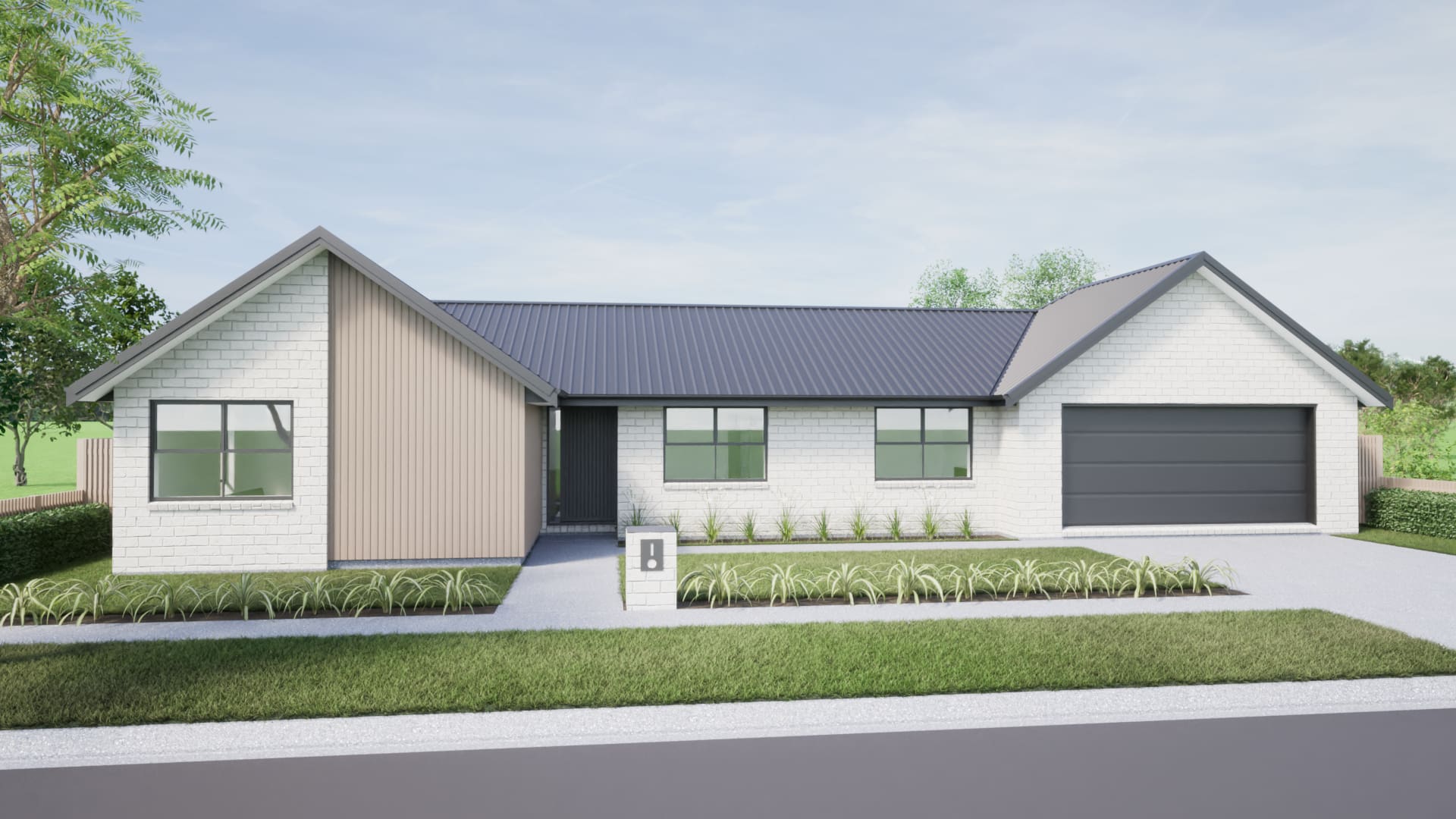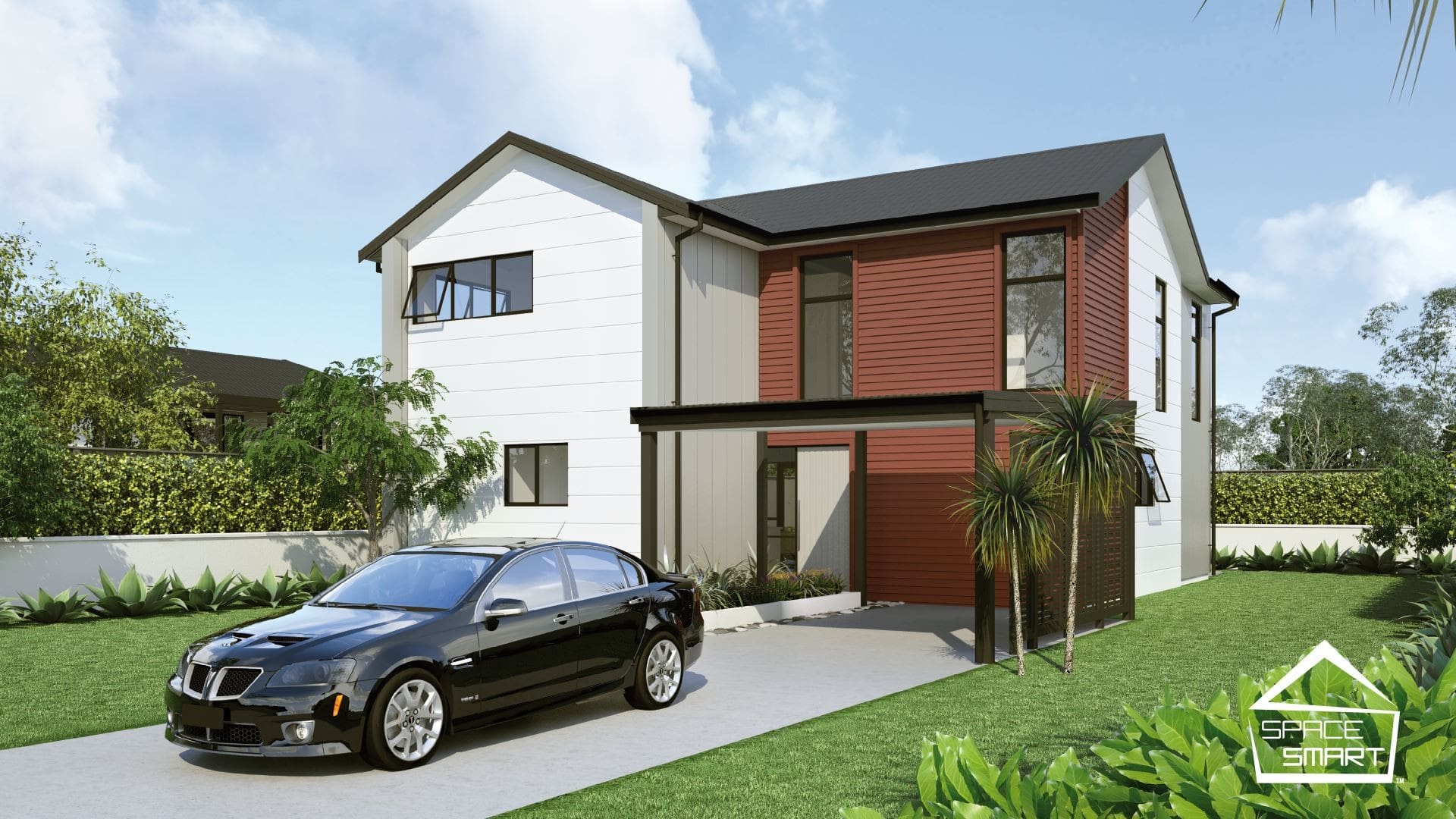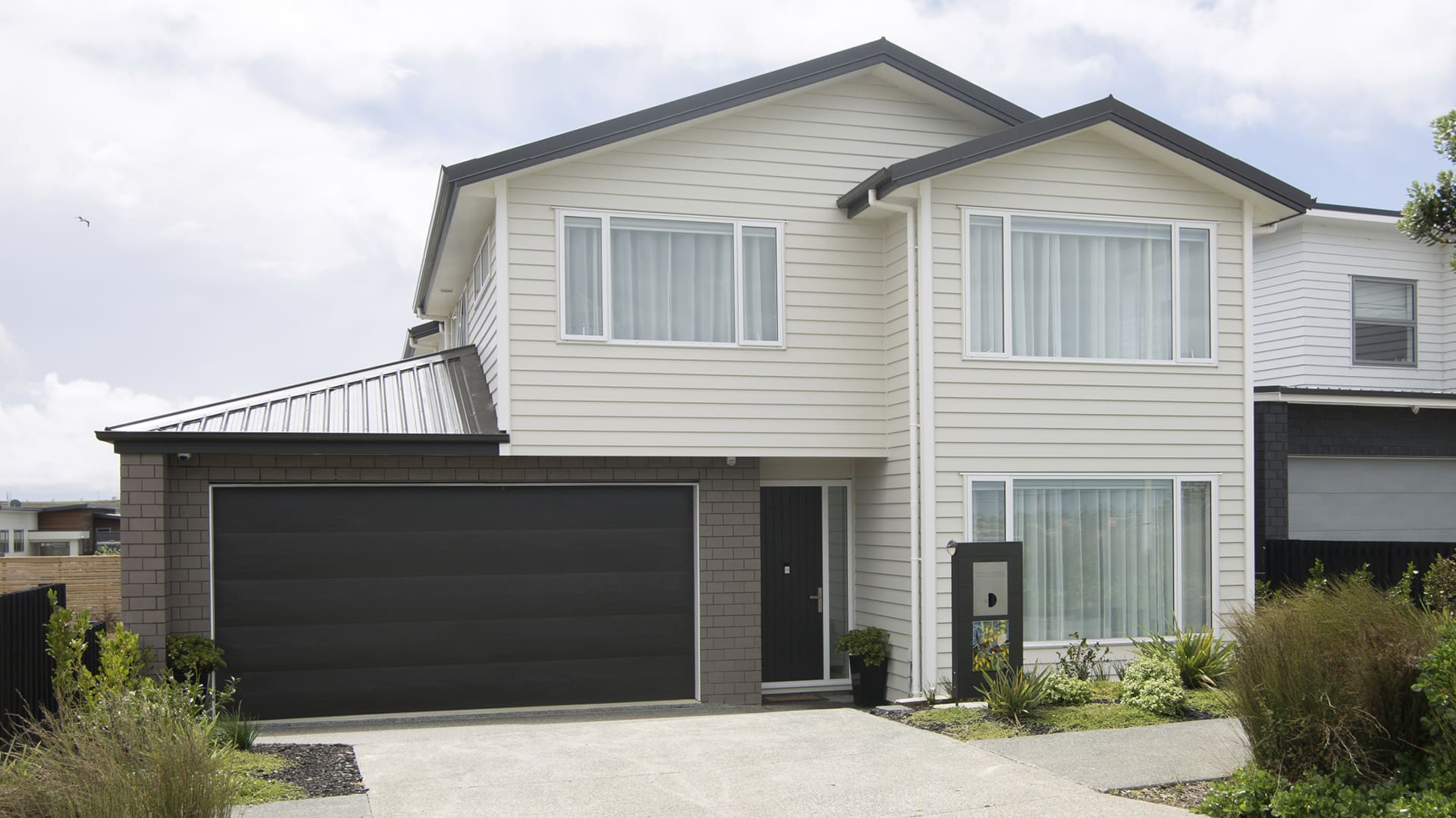Q & A with August & Co Design interior designer Hayley Dryland – Designing Luxury That Lasts
For Hayley Dryland, timeless design isn’t just a bit of marketing buzz, it’s the foundation of every project she takes on at August & Co. She’s not interested in ripping out a bathroom because a tile has fallen out of fashion and is a hue or two out of favour with the Pantone colour of the year, or designing a kitchen that feels disconnected from the rest of the house. Her process begins with understanding exactly how a client intends to live in their space, from whether they need storage for sports gear to if they want an outdoor shower for the dog. From there, she works through functionality first, ensuring every room flows logically and works as hard as it looks. Hayley shares how she balances a client’s personal taste with her own expertise, the common renovation mistakes she avoids, and why she believes the smallest details, from power points hidden inside drawers to the right kind of uplighting, can make the biggest difference. For her, luxury isn’t about chasing trends; it’s about creating a home that feels considered, works seamlessly, and still looks like a good decision years down the track.
When a client comes to you for a renovation, where do you begin?
When a client gets in touch about their interior renovation project, first we’ll have a chat about the scope of the project, what the client wants to achieve, their budget and timeline. Once I have a good understanding, I’ll put together a proposal for them that breaks the project into various stages. Then it’s time to visit the house and find out everything I need to know about how the client intends to live and use the spaces. For example, they might need a lot of storage for sports equipment or a shower outside to wash their dog. We’ll also talk about their personal style, and I’ll look at any design inspiration they’ve collected. It’s important that I have a really clear understanding of their goals for the project, lifestyle, and aesthetic preferences before creating design concepts for them.
What does ‘timeless design’ mean to you — and how do you achieve it in kitchens, bathrooms, and interiors?
To me, timeless design is something that is built from quality materials, it should be sympathetic to the architecture, and it shouldn’t need updating for at least 10 to 15 years. You should be able to come home every day and think, ‘I made a really good decision there and I feel good in my home’. Of course, our tastes change over time, but I think it’s better to take risks with elements of the design that aren’t built in. There’s no harm in being brave with a paint colour because we can easily repaint it later. I don’t believe in spending money to rip out a bathroom in five years time because you’re sick of a tile – I’d rather put in a tile that has longevity.
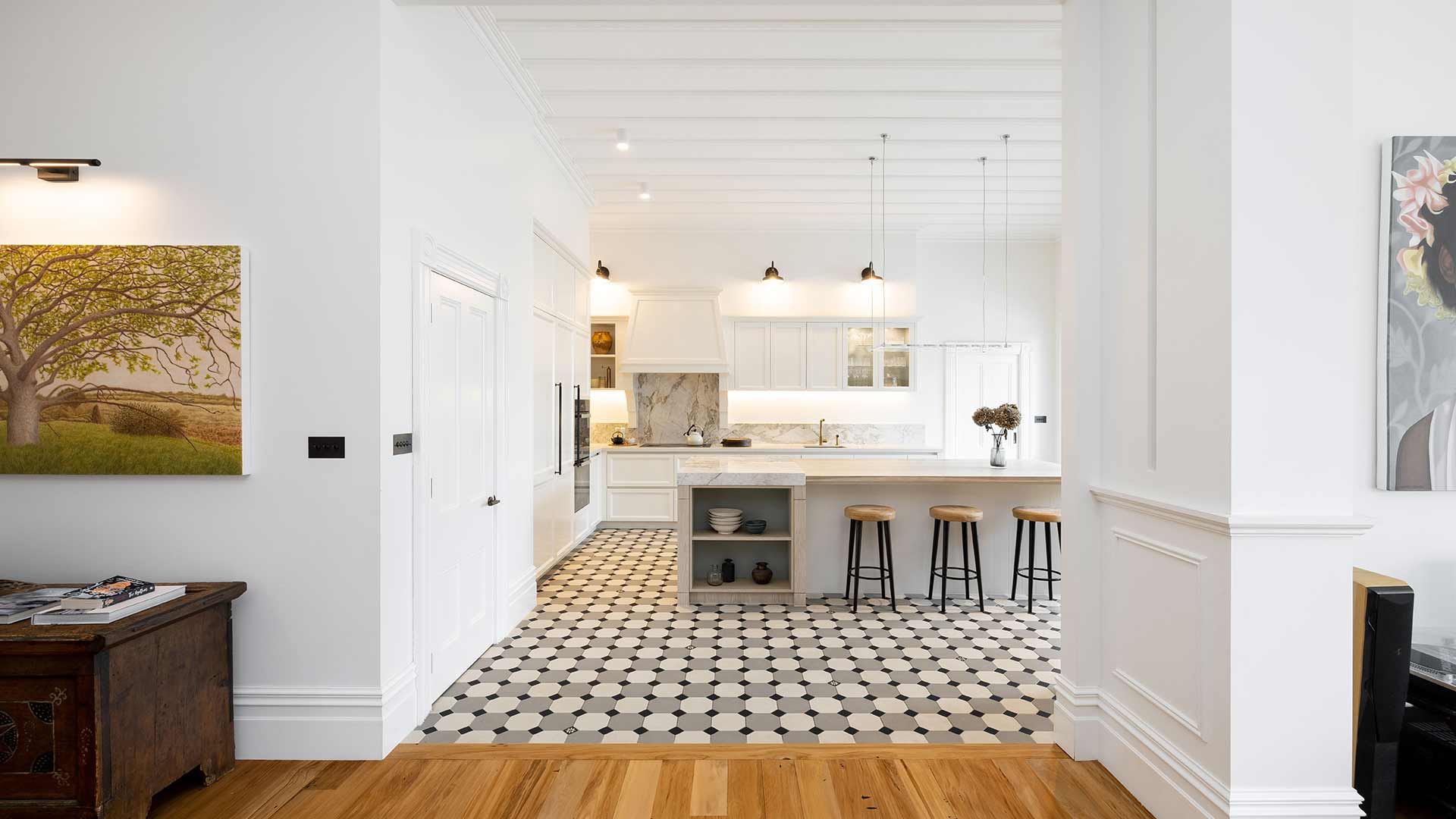
How do you balance the client’s personal taste with your design expertise to create something lasting?
Everything I do is very collaborative – I like to discuss ideas with clients, and I don’t just offer a single design solution. It’s about helping them make clear decisions by refining concepts, so I will do the research to figure out what could work best spatially then I’ll give them the pros and cons, and ultimately they make the decision that’s right for them.
I’m often working with a couple on a project, and two people may have quite different ideas. My job is to get an overall sense of project goals, functional needs and style from each of them. Great, timeless interior design is about supporting clients to create a home that supports how they want to live – my job is to pull out their ideas and design a beautiful and functional space.
What are some design mistakes you often see in kitchen or bathroom renovations — and how do you avoid them?
A common mistake in interiors is the design takes away from the architecture or is a mismatch with the quality and tone of the home or surrounding spaces. When approaching an interior renovation, even if it’s just a single room, you need to consider how that design is going to sit within the rest of the house and how it relates to the architecture. It’s about the fact that when you walk into a house, it feels that each space was considered.
How do you select materials that are both luxurious and durable over time?
If we want something that is unique and has its own personality, the likelihood is we’ll select materials that are natural, whether it’s a natural timber, a natural marble, or natural linens. If I show clients a material, I’ll let them know how that material is going to age over time, and the pros and cons of selecting that product. Materials are picked based on the requirement in a space for the specific clients, so, for example, if they need something that’s super durable, I’ll investigate all of the options available.
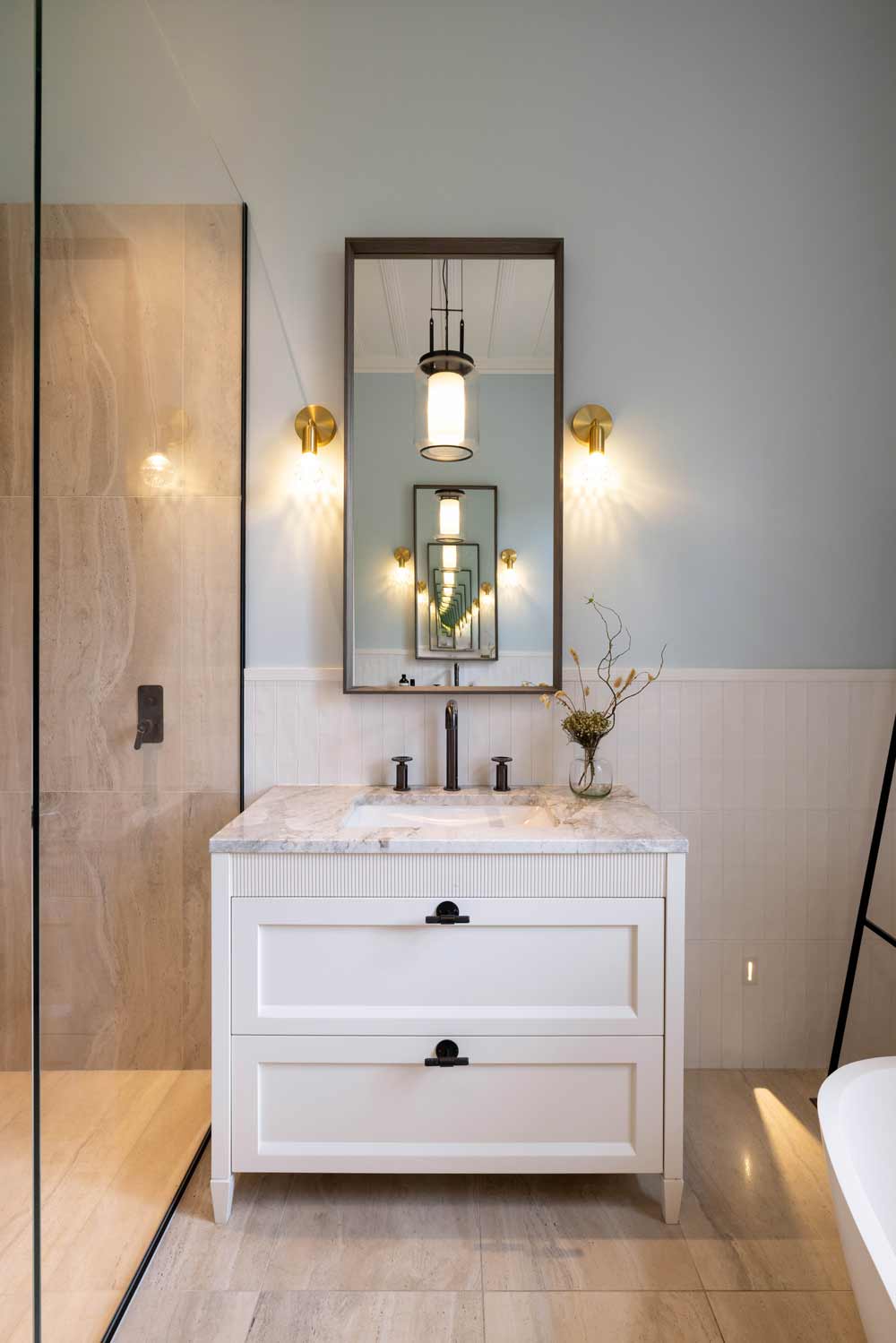
Can you walk us through one of your recent renovation projects and the design story behind it?
The Birkenhead Point Project was a heritage-listed bungalow that had been renovated 20 years prior to the clients purchasing the home. They are a family with tween kids and they’d lived in it for a while, so they had a good understanding of how they wanted to use the spaces. It was modernised with a solid timber kitchen, but the spaces were very small, and the master didn’t have an en suite. The project involved building up to create a master suite, creating larger bedrooms for their children, and opening up the kitchen and living area, which involved adding a small extension to give the kitchen a much more generous space. Everything that we did within it was all in keeping with the bungalow style, so that when you walk in you feel that the kitchen could have always been there. It is still modern in terms of its functionality, but it feels welcoming, relaxed, yet still beautifully considered.
What role does functionality play in your approach to luxury design?
Whenever I present concepts, I always start with functionality. With the client, we talk about the spatial design within the space, and how spaces flow from one to the next, exploring various options. Then we look at the general layout, and from there we go into the specifics of where things are and how we could manoeuvre spaces to create a more logical flow. After the spatial layout is considered, we go into the look and feel of it because the function of it should be our starting point for any good design.
How do you make sure a renovation adds long-term value to a home — not just in looks, but in investment?
If a client isn’t sure how long they will keep a house, we’ll consider how the design choices will impact the saleability and value of the home. We also need to ensure the interior design sits at the right level for the area, so that when someone wants to buy it they’ll feel that the spaces have been well considered, the flow works well, and the quality of the fixtures and fittings are at the right level.
We can still create a design that is personal to the client in the meantime, particularly with things like paint and wallpaper that can be easily updated with more neutral choices when it comes to selling.
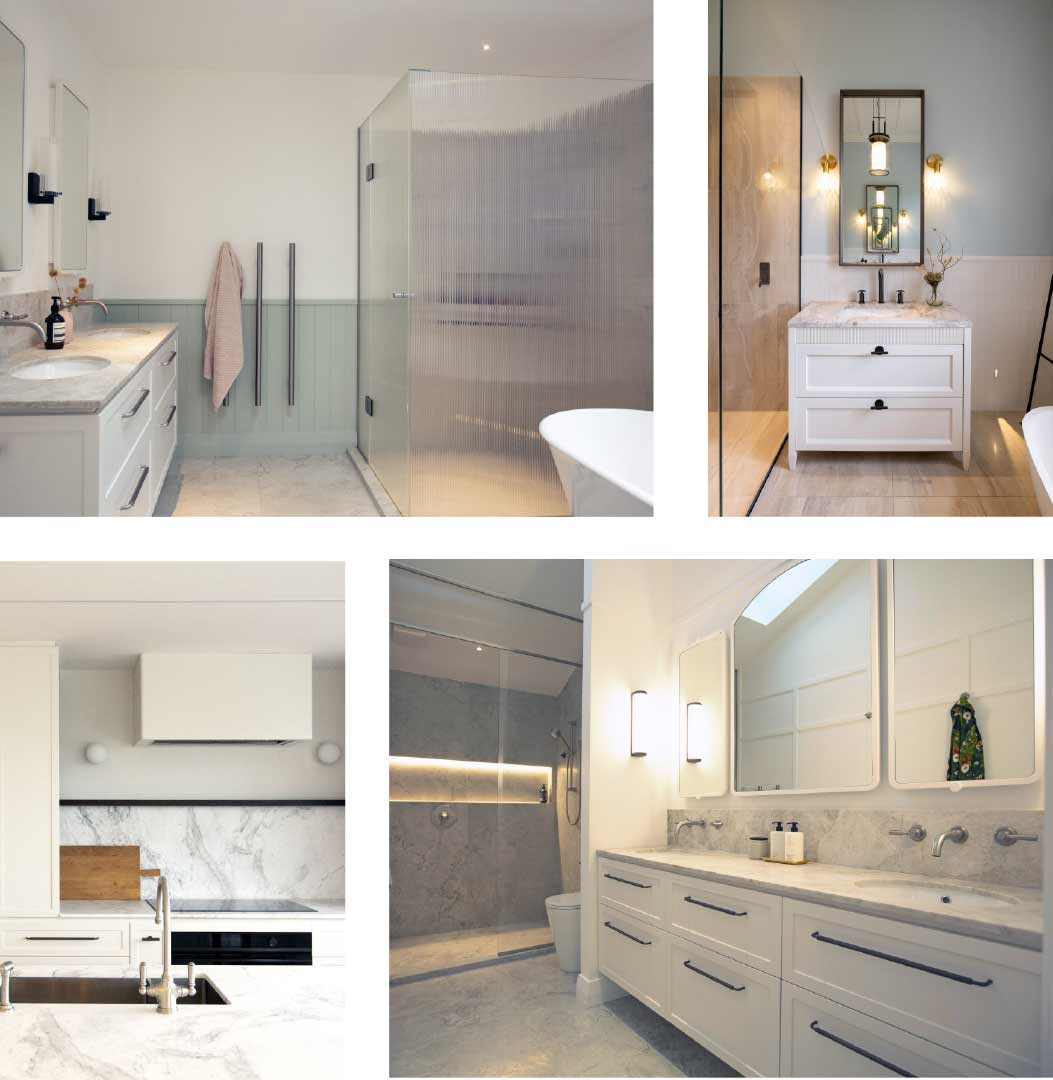
What are some of the small, often-overlooked details that elevate a space from ‘nice’ to truly exceptional?
I think lighting is one of the most commonly overlooked details that can transform the feeling of a space. It completely changes the way you feel in a room and can take a design to the next level. This can be as simple as installing dimmers, a stunning feature light or highlighting a painting with a spotlight. Use uplights instead of downlights, and shine a light on architectural details you want to highlight.
Storage is also often overlooked, and a simple solution like a drawer with power points for charging your devices is an easy way to keep clutter off benches.
What’s your view on trends — and how do you keep your designs feeling current without dating them?
The Pantone colour of the year last year was Peach Fuzz – and it’s clearly not for everyone! I always suggest to clients that if they want to play with a trend, just have a bit of fun with it. For example, you could do an accent cushion in yellow rather than paint your kitchen in it. When it comes to fixed elements, it’s better to stay away from the latest trends.
What should clients look for when choosing an interior designer for a high-end renovation?
It’s important to choose a designer who can show you examples of the projects they’ve worked on, so you can understand their design ability and the calibre of projects they’ve worked on. I would recommend interviewing the designer to get a feel for whether you would like to work with them. Doing a renovation is a huge amount of money, it’s a huge commitment and a long process, and you need to know that the designer’s got your back, that you feel heard, that your ideas are validated, and that they’ll take on board what you’re saying and what you want.
What do you love most about helping people transform their homes?
An interior renovation is something some people only do once in their lives, they often have to live off site, it can be stressful and feel incredibly daunting. I’m here to help my clients facilitate their dream interior, and it’s such an amazing feeling when a project is completed to know that I’ve done a really good job and the clients feel that all the challenges were worth it.

